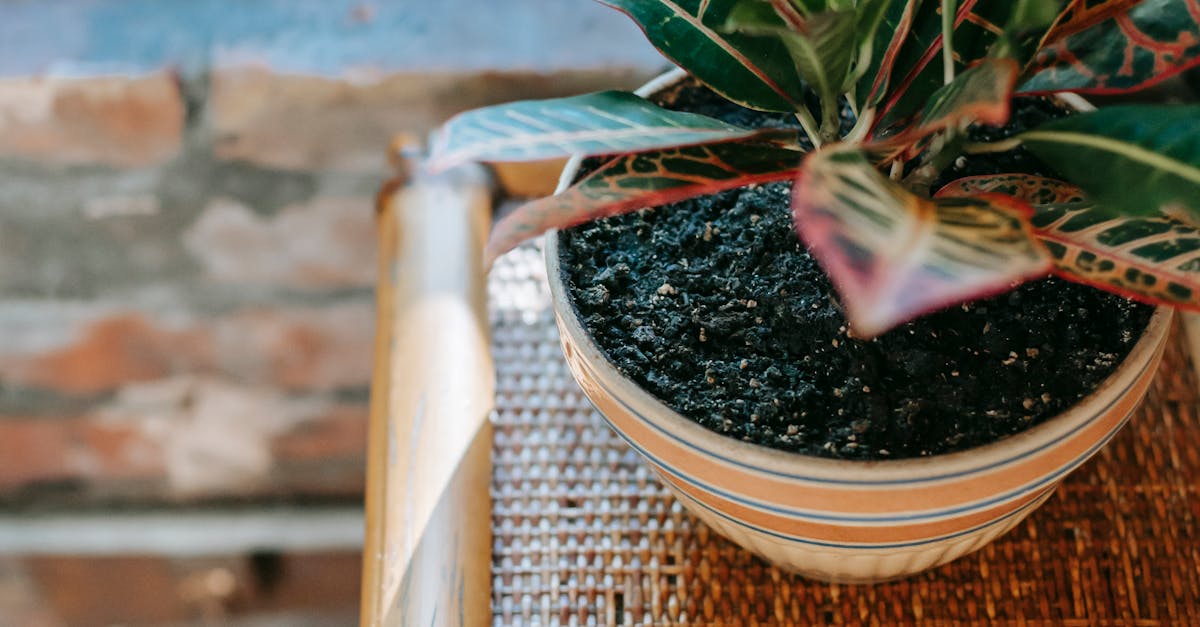
Table Of Contents
Common Challenges During Replacement
Replacing a sink without changing the countertop can present several challenges. One significant issue is ensuring that the new sink fits perfectly into the existing cut-out. Variations in sink sizes and styles may create gaps or require adjustments to the countertop, which can lead to unexpected complications. Sink installation and repair often necessitate careful measurements and planning to avoid any costly alterations to the countertop that might arise during the process.
Another common challenge involves the removal of the old sink. This step can be tricky, especially if it has been installed for a long time, as adhesives and caulking may have hardened over the years. Overcoming this requires patience and the right tools to ensure the countertop remains undamaged. If not done correctly, excess force can chip or crack the material, inadvertently leading to a situation where a full countertop replacement becomes necessary.
Addressing Countertop Damage Risks
When undertaking sink installation and repair, it's essential to consider the risks associated with damaging the countertop. Removing an old sink can lead to chipping or cracking the surface, especially if the countertop is made of materials like laminate or tile. It's crucial to use the right tools and techniques, ensuring that any cutting or prying is performed carefully to preserve the integrity of the surrounding area.
One effective way to mitigate damage risks is by protecting the countertop with a sturdy layer of cardboard or cloth during the removal process. This barrier absorbs impacts and reduces the likelihood of scratches. Additionally, a careful inspection of the sink’s mounting hardware can help determine if it requires a full replacement or adjustments, further safeguarding the countertop's appearance and functionality.
Ensuring Proper Sealing Around the Sink
Proper sealing around the sink is crucial to prevent leaks and water damage. During sink installation and repair, it's important to choose the right sealant for the job. Silicone caulk is often recommended due to its flexibility and water-resistant properties. When applying the sealant, ensure the surface is clean and dry to promote better adhesion. A consistent bead of caulk should be applied around the perimeter of the sink, filling any gaps between the sink and the countertop.
After sealing, allow the caulk to cure according to the manufacturer's instructions. Taking the time to ensure a tight seal helps avoid future issues with water penetration which can lead to damage not just of the cabinetry but also the countertop. Regular inspections of the sealing will help maintain the integrity of the installation, ensuring the longevity of both the sink and the surrounding structures.
Best Practices for Caulking
Proper caulking is essential during sink installation and repair to prevent water damage and ensure a watertight seal. Begin by thoroughly cleaning the area around the sink and countertop. Remove any old caulk to create a smooth and clean surface for the new application. Using a caulking gun, apply a continuous bead of caulk at the junction where the sink meets the countertop. Maintain a steady hand to ensure an even application for optimal results.
After applying the caulk, it is important to smooth it out to achieve a professional finish. You can use a caulk-smoothing tool or your finger, dipping it in water for easier application. Wipe away any excess caulk immediately to avoid unsightly residue once it sets. Allow the caulk to cure fully as per the manufacturer's instructions before using the sink. Following these best practices helps maintain a clean and durable seal that enhances the lifespan of both the sink and the countertop.
Maintaining the New Sink
After a new sink installation and repair, it’s essential to establish a regular maintenance routine to keep it in excellent condition. Start by ensuring the sink is cleaned regularly with appropriate cleaning agents. Avoid abrasive materials that could scratch the surface. For stainless steel sinks, a soft cloth works best to maintain its shine. Regular cleaning prevents the build-up of dirt and grime, ensuring the sink remains functional and aesthetically pleasing.
Inspect the sink periodically for any signs of wear or leaks. This includes checking the seals around the edges where the sink meets the countertop. Promptly addressing any issues can prevent further damage and costly repairs down the line. If you notice any chips or cracks, consider sealing them immediately or consult a professional for assistance. Maintaining your sink not only prolongs its life but also enhances the overall look of your kitchen or bathroom.
Cleaning Tips for Longevity
To ensure the longevity of your new sink, regular cleaning is essential. A gentle dish soap and warm water solution can effectively remove daily grime without causing damage. It’s advisable to avoid harsh chemicals and abrasive scrubbers that may scratch the surface. Establishing a routine cleaning schedule prevents the build-up of stains and debris that could diminish the sink's appearance over time.
During sink installation and repair, it's crucial to inspect the sink regularly for any signs of wear or damage. A quick check can identify any issues early, allowing for timely maintenance. For stainless steel sinks, using a soft cloth to buff the surface can help maintain its shine. Additionally, applying a protective coating specifically designed for kitchen sinks can create a barrier against stains and corrosion, enhancing durability significantly.
FAQS
Is it possible to replace a sink without replacing the countertop?
Yes, it is possible to replace a sink without replacing the countertop, provided that the new sink is compatible with the existing countertop setup.
What are the common challenges when replacing a sink?
Common challenges include ensuring the new sink fits properly, avoiding damage to the countertop, and addressing potential issues with plumbing connections.
How can I prevent damage to my countertop while replacing the sink?
To prevent damage, it's essential to be cautious while removing the old sink, use protective materials, and ensure you have the right tools to minimise impact on the countertop.
What should I consider when sealing around the new sink?
Proper sealing is crucial to prevent leaks. Ensure that the surface is clean, use a high-quality caulk, and follow best practices for application to achieve a watertight seal.
What are some maintenance tips for my new sink?
Regular cleaning with non-abrasive cleaners, avoiding harsh chemicals, and inspecting for leaks periodically can help maintain the longevity of your new sink.





























